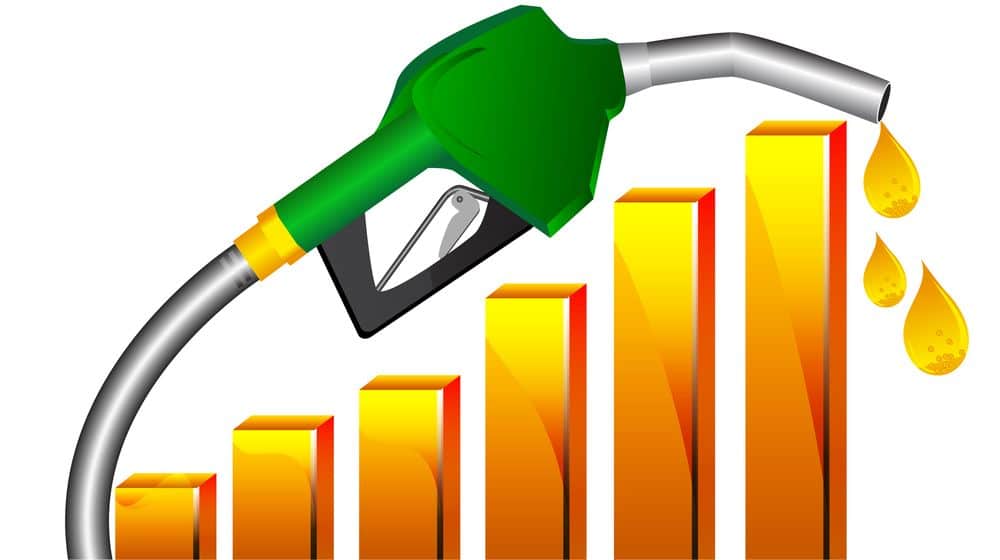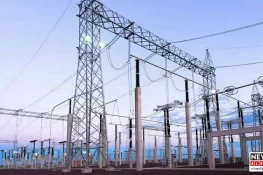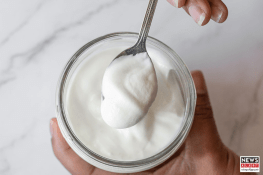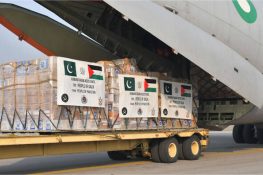Why the Petrol Price Increased This Month
The petrol price hike in Pakistan has once again drawn public attention after the latest adjustment announced by the Oil and Gas Regulatory Authority (OGRA). According to official data released earlier this month, the government raised petrol prices by Rs12.50 per liter, citing increased import costs and fluctuations in international crude oil markets. The recent petrol and diesel price hike for the next 15 days reflects this ongoing adjustment mechanism.
Officials explained that the revision aligns with the global oil price trends in 2025, where Brent crude has climbed above $93 per barrel due to supply disruptions in the Middle East and tighter production policies by OPEC+.
In its notification, OGRA stated that the decision was made after reviewing the latest import prices, exchange rate variations, and applicable taxes. The increase in the petroleum levy has also contributed to fiscal adjustments, as the government seeks to maintain stability amid growing budgetary pressures.
Government’s Policy and IMF Commitments
The government defended the increase, stating that fuel prices must reflect international market realities under its ongoing agreement with the International Monetary Fund (IMF).
As part of the IMF conditions on fuel prices, Pakistan has pledged to phase out untargeted subsidies and allow market-based pricing for petroleum products. This measure, officials say, is critical for maintaining economic credibility and ensuring that the state avoids fiscal imbalances.
Speaking to News Alert, a senior Finance Ministry official noted, Our hands are tied due to international commitments. Subsidizing fuel would widen the deficit and jeopardize IMF support.
This policy has been controversial, as critics argue that it burdens the lower and middle-income groups. However, policymakers insist that reforming the government fuel subsidy policy in Pakistan is essential to sustain foreign reserves and prevent another financial crisis.
Impact on Transport and Daily Essentials
The impact of the petrol price hike on the economy is being felt across multiple sectors, especially transportation, logistics, and agriculture. A detailed analysis by Maseconomics highlights how rising fuel costs are affecting ordinary citizens and pushing up the cost of essential goods. Public transport operators have started revising fares, while delivery services are passing additional fuel costs to consumers.
In urban centers like Karachi, Lahore, and Islamabad, transport unions have warned that further price hikes could lead to protests. A driver in Lahore said, We can’t absorb this increase anymore. If prices keep rising, we’ll have to stop running our vehicles.
The ripple effect extends beyond transport. Retailers report higher costs in supply chains, and analysts predict inflation may edge upward in the coming months. The inflation due to fuel prices in Pakistan already stands at around 23%, affecting household budgets and eroding purchasing power.
Economists caution that while global oil prices are beyond Pakistan’s control, domestic policy measures can soften the impact through targeted relief programs.
How the Government Plans to Control Inflation
Facing mounting criticism, the government has outlined several steps to ease the economic challenges and energy crisis triggered by rising fuel costs. The Finance Ministry is reportedly working on targeted fuel subsidies for low-income motorbike and rickshaw users, similar to the scheme tested in 2023.
Officials are also exploring ways to reduce the petroleum levy in Pakistan temporarily if international oil prices remain high. However, this would depend on revenue performance and IMF approval.
Additionally, the government aims to strengthen the Pakistan State Oil (PSO) import strategy to negotiate better rates with suppliers and explore long-term contracts to minimize monthly price shocks. Energy experts suggest that increasing investment in renewable energy and public transport infrastructure could reduce dependency on imported fuel in the long term.
A senior energy analyst at the Sustainable Development Policy Institute (SDPI) commented, “Pakistan’s vulnerability lies in its heavy reliance on imported oil. Unless structural reforms are implemented, every global price movement will continue to hit consumers hard.”
Public and Expert Reactions
Public frustration is evident across social media platforms, where citizens have criticized both the government and oil marketing companies for the frequent price revisions. Hashtags like #PetrolPriceHike and #InflationCrisis have trended on X (formerly Twitter), reflecting growing discontent among ordinary Pakistanis.
Economists and policy experts remain divided. Some argue that aligning fuel prices with global trends is a painful but necessary step to stabilize the economy. Others believe that better fiscal management and reduced import dependency could have prevented repeated petrol price increases in 2025.
A Karachi-based economist, Dr. Uzair Younus, told News Alert, The impact of the Afghanistan conflict on Pakistan, rupee depreciation, and rising global oil prices together have constrained economic flexibility. However, transparency in pricing mechanisms is key to maintaining public trust.
A Balancing Act for the Government
The Pakistan fuel price update is expected to continue on a biweekly basis under OGRA’s mechanism, which adjusts local rates according to global market trends and currency fluctuations. While authorities maintain that the hikes are unavoidable, experts warn that sustained inflation could slow growth and increase public discontent.
In provinces like Khyber Pakhtunkhwa, where incomes are lower and transportation networks depend heavily on fuel-based mobility, the security situation and border trade disruptions also add pressure to local economies.
Analysts note that without structural energy reforms, every petrol price hike in Pakistan will continue to spark political and social tension. The government’s ability to communicate and justify its pricing decisions will therefore be crucial in maintaining stability ahead of the next fiscal review.
Conclusion
The latest petrol price hike in Pakistan underscores the difficult balancing act between fiscal responsibility and public relief. While global oil dynamics and IMF constraints play a defining role, domestic efficiency and transparent governance remain equally critical.
Experts agree that long-term energy diversification and targeted welfare measures are the only sustainable paths forward. Until then, Pakistan’s fuel pricing will remain both an economic and political flashpoint — one that reflects the country’s broader struggle to reconcile reform with public hardship.
FAQs
1. Why are petrol prices increasing in Pakistan?
Petrol prices in Pakistan are rising mainly due to global oil market fluctuations, higher import costs, and currency depreciation. The government also adjusts prices as part of its commitment to IMF conditions, which require market-based fuel pricing.
2. What role does OGRA play in setting petrol prices?
The Oil and Gas Regulatory Authority (OGRA) reviews global crude oil prices, exchange rates, and local tax structures before recommending fuel price adjustments. Its biweekly reports help the government determine the final petrol and diesel prices announced to the public.
3. How does the petrol price hike affect inflation in Pakistan?
A petrol price increase directly impacts transportation and production costs, leading to higher prices of goods and services. Economists estimate that each fuel price rise contributes significantly to overall inflation, especially for low- and middle-income households.
4. Is the government providing any relief against rising petrol prices?
The government has proposed targeted fuel subsidies for motorbike and rickshaw users and is exploring tax adjustments on petroleum levies. However, any relief depends on fiscal space and IMF approval, as subsidies can affect Pakistan’s economic stability.
5. How do global oil prices affect petrol prices in Pakistan?
Pakistan imports most of its fuel, so global oil price trends directly influence domestic petrol rates. When international crude prices rise—due to OPEC+ policies, regional conflicts, or supply disruptions—Pakistan’s fuel import costs increase, resulting in local price hikes.















